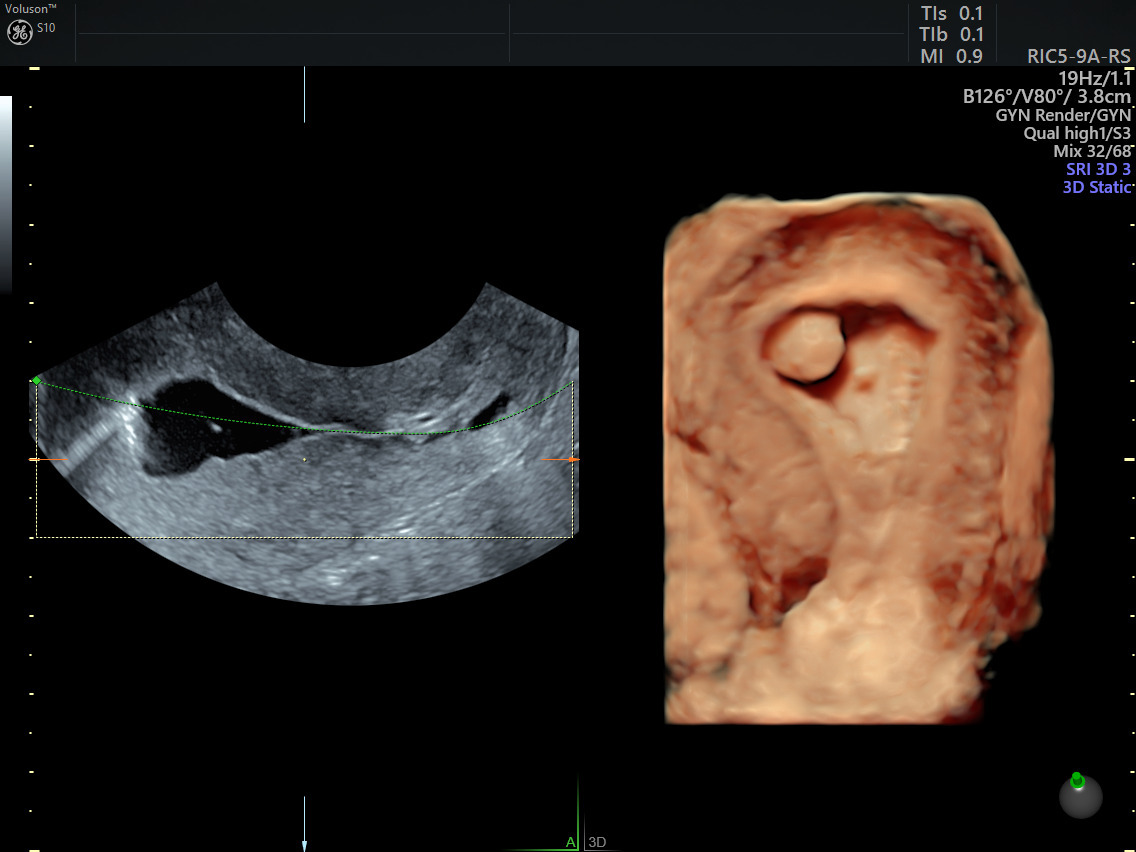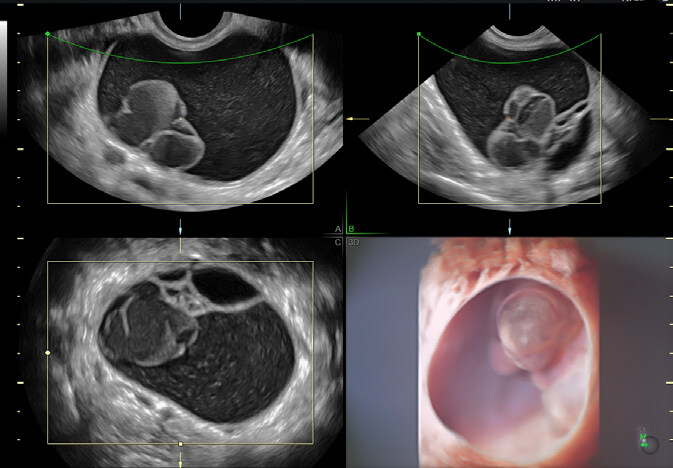Heavy menstrual bleeding is a common complaint among women at any stage from puberty to menopause. It can cause embarrassment and frustration, and even interfere with daily activities.
Menorrhagia is subjectively defined as excessive menstrual blood loss that adversely affects a patient's quality of life. Research published in the Journal of Mid-Life Health defines it quantitatively as bleeding per cycle above the clinical threshold of 80 ml.
Tranexamic acid — an antifibrinolytic that slows the breakdown of blood clots — is one option to consider for treating menhorragia in the absence of any concerning pathologies. Prescribing tranexamic acid for heavy periods is an effective, non-invasive way to reduce abnormal bleeding.
Finding the Cause of Heavy Menstrual Bleeding
The first step to take when assessing a patient experiencing heavy periods is to complete a thorough pelvic exam, including both a transabdominal and a transvaginal ultrasound. Excessive bleeding can be caused by small benign pathology such as endometrial or cervical polyps, or large uterine abnormalities such as myomas or hyperplasia. Ovarian tumors should also be ruled out as a cause of abnormal bleeding.

Uterine Polyp shown on Voluson™ ultrasound

Uterine Fibroid
Any lesion that disrupts the endometrium or the junctional zone, as well as ovarian lesions that are not obviously simple cysts, can also cause of heavy or abnormal menstrual bleeding. Saline or gel infusion sonography is an excellent diagnostic tool for viewing an endometrial lesion in more detail.

Ovarian cystic mass shown with HDlive™ imaging technology
Treatment of Heavy Periods in the Absence of Pelvic Pathology
If there are no abnormal pelvic findings, a clinician may consider hormonal imbalance as a cause of menorrhagia and explore hormonal contraception as a treatment option. For patients who would prefer not to use hormonal contraception or have found it ineffective for mitigating their heavy periods, tranexamic acid may be an option.
A study published in the International Journal of Women's Health reports that in a comparison of the effects of ethamsylate, mefenamic acid and tranexamic acid for heavy periods, tranexamic acid was found to be the most effective of the three, reducing participants' excessive menstrual bleeding by 54 percent. The researchers go on to assert that tranexamic acid is significantly more effective at safely reducing menstrual blood loss than nonsteroidal anti-inflammatory drugs, oral progestins or etamsylate.
How Tranexamic Acid Works
Tranexamic acid is used to reduce bleeding in other medical applications, such as postoperatively in dentistry. This antifibrinolytic is specifically a competitive plasminogen inhibitor that improves blood clotting by preventing fibrinolysis and plasmin formation in menstrual fluid.
It has been used for more than 40 years in many parts of Europe, according to the International Journal of Women's Health study. More recent extended-release oral formulas have a longer absorption time compared to earlier methods of administration, which helps to reduce any uncomfortable gastrointestinal side effects.
Research published in American Family Physician advises that tranexamic acid should only be taken during menstruation, for up to five days. It can reduce the amount of menstrual blood lost, but cannot shorten the length of menstruation or reduce menstrual symptoms such as cramping or pain. Tranexamic acid is well tolerated by patients and has few adverse side effects.
The significant effect that heavy menstrual bleeding can have on a patient's quality of life is one of the main reasons why dramatic treatments like hysterectomy or ablation are considered. This is especially true if previous treatments have not been effective. Fortunately, tranexamic acid for heavy periods is a nonhormonal solution that works quickly and is easy to use. This treatment can help providers avoid the potential complications of surgery while working to help their patients find effective menorrhagia relief.





